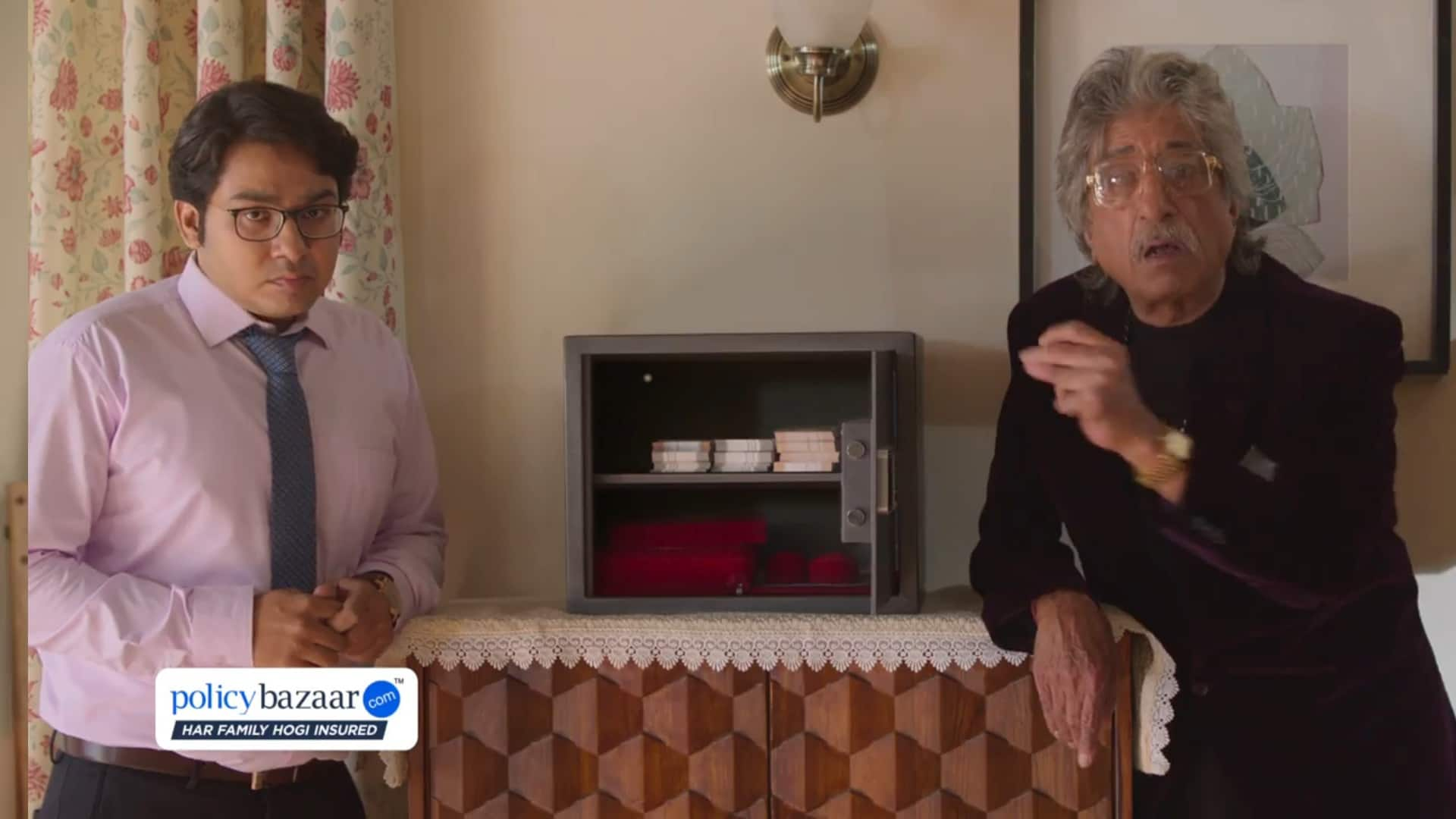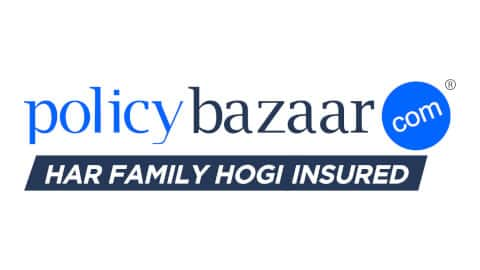1
Feeling Inadequately Insured? 3 Ways To Extend Your Health Insurance CoverLeadership View
Best ways to invest to fund your child’s education
The cost of child’s education is one major expense of the average Indian household that is growing at a fast clip. With cost of higher education already rising at 6% – 8% every year, child’s education is one of the biggest cash outflows that families must plan for beforehand. It was easier for the earlier generations to get quality education at affordable prices, as the competition was minimal and the cost was modest.
However, things today have changed drastically. The heightened competition for admission in premier government-institutions is pushing students to turn to costly private institutions to secure a degree.
Today, a five-year MBBS degree at a private institute costs roughly Rs 50 Lakh currently and in the 10 years, the cost is likely to touch Rs 80 Lakh, and by 2037 (when your child turns 18 years), it would cost Rs 1.27 Crore to get an MBBS degree – considering the college fees goes up by 6% every year.
In fact, over the last few years it has also been observed that lifestyle inflation also marginally affects the cost of children’s education. Kids who have grown up amidst greater affluence and high society are more likely to attend premier colleges or even pursue education abroad. In case your child plans to pursue higher education abroad, the fees will be much higher. An MBA degree overseas costs approximately 60 Lakh today and in next 20 years, the cost is expected to roughly reach Rs. 1.90 Crore – considering an annual inflation rate of 6%.
While we all know what would be the right corpus needed to fund the education of our kids, the big question is; will we be able to build the required corpus in the limited years’ time we have? The answer is straight and simple – Yes, provided parents plan well and take the right steps at the right time. Let us take a close look at some of the challenges that parents face while saving for their children’s education and how to overcome them.
Kick-start early
One universal solution to reach your required corpus at the right time is start saving early. You can start investing as early as your child turns 2 or 3 months. A delayed start is most likely to yield smaller corpus and jeopardise your other financial obligations. Dipping into your retirement savings to build a corpus to fund your child’s education can prove to be a risky move. It is not possible for everyone to amass a large corpus within 5 – 7 years rather it is important to make sure that your invested money gains from the power of compounding. A corpus of Rs 1 Crore can be achieved easily by making a monthly investment of Rs 12,000 for 18 years in a ULIP plan that promise 14% – 15% returns. Considering the fact that the rate of education inflation is too high, it is important to have an investment instrument that works on the compounding formula over a long period.
Choosing the right instrument
Just as starting early, investing in the right financial instruments is also important to ensure optimum returns. Often, while people start investing early, a major chunk of their savings are in traditional investment products like bank fixed deposits that offer secured but limited returns ranging between 5% – 5.5%. Moreover, the returns are not tax exempted and also the returns are nowhere close to what is needed to attain the required corpus. Market-linked products like ULIP and Capital Guaranteed Return (Combination of ULIP and Guaranteed Return Plans) have delivered average annualised returns of 12% – 15% and 10% – 12% respectively in the past 10 years. Ideally, if you have a 15 – 18 years investment horizon, market-linked products should be your preferred investment. In fact, a greater level of equity is necessary to counter the high rate of education inflation. A balance between equity and traditional products – 75:25 – is a safe and secured option.
Review your portfolio
Once you have sorted your investment instruments, it is important that your review your portfolio every year. You must check whether the amount you are investing every month will be sufficient to build the required corpus for funding your child’s education. Check whether your portfolio is on track to meet the required goal. If need be, raise the amount invested in line with your annual increments. At the end, make sure to rebalance your portfolio at the end of each year. Rebalancing essentially entails selling an outperforming asset and investing the proceeds in one that is underperforming.
(The author is Head- Investments, Policybazaar.com; views expressed are personal)














